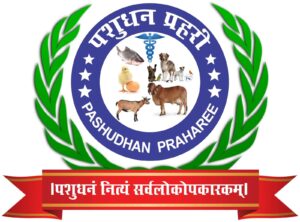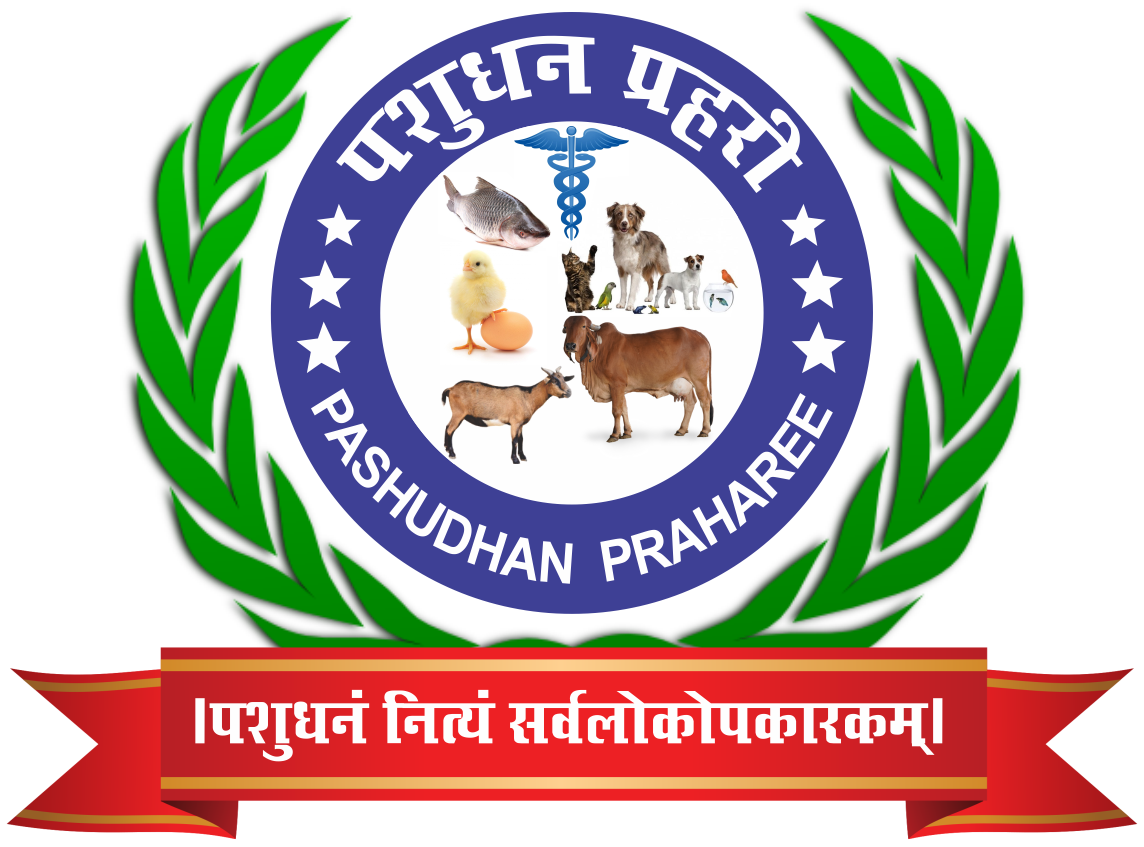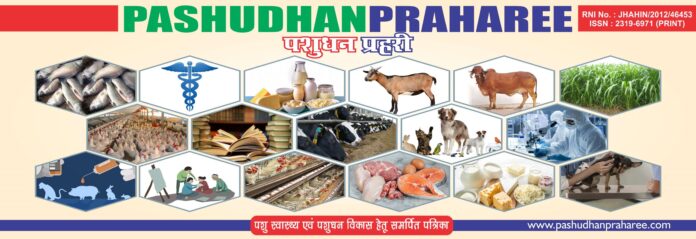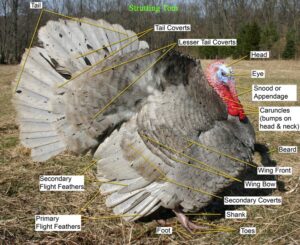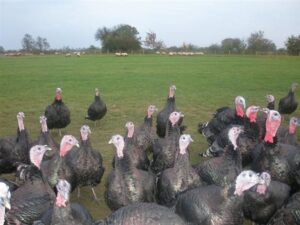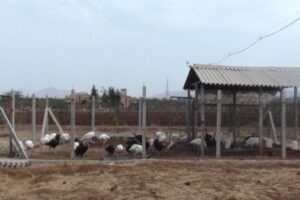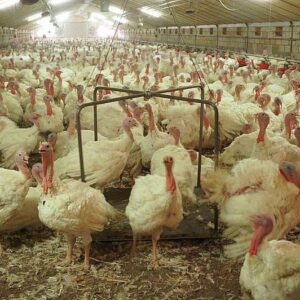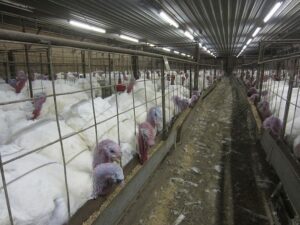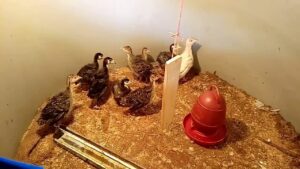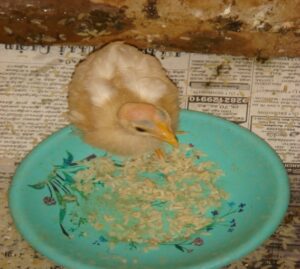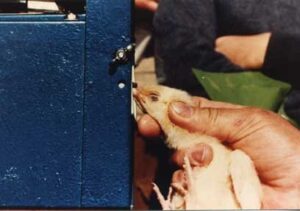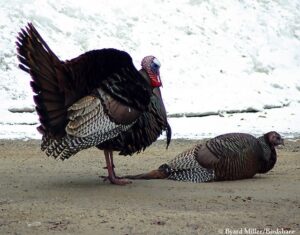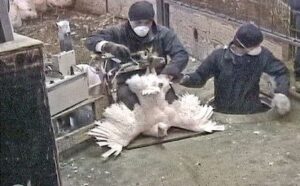Turkey Farming
Dr.Ratnaprabha1and Dr.Vijaylakshmi2
1.Assistant Professor Department of Livestock Farm Management veterinary College Gadag, KVAFSU Bidar
2.Assistant Professor Department of Veterinary Physiology and Biochemistry veterinary College Gadag, KVAFSU Bidar
Email ID: ratnaprabhamb5@gmail.com
Turkey occupies the poultry population next to chicken and duck, which is only reared for the meat purpose. It has the leanest meat among the poultry which has dressing percentage of 72 and the egg weighing around 85g. Kerala and Tamilnadu are the leading states in the production of turkeys.
Advantages of Turkey production
- Being produced round the year
- No religious taboo
- Minimum investment
- More disease resistant than chicken
- Number of vaccinations are fewer
- Good foragers, feed cost can be minimized
- Ideally suited for semi intensive or range system of rearing
Disadvantages of Turkey production
- Critical inputs are not easily available
- Management of turkey poults are more difficult
- Male turkeys are heavier. So, they are not able to mate the hens frequently
- Hence the fertility rate is low
- FCR (5.2:1) lower than chicken (1.6:1)
- Heavier body weight, restrict the retail sales of turkey meat to a large extend
BODY PARTS OF TURKEY
TURKEY VARIETIES
- Board breasted bronze: Plumage color- black
Females have black breast feathers with white tips
- Board breasted white: Board breasted bronze X White Holland
Plumage color- white
Better heat tolerance
- Beltsville small white: Resembles the Board breasted white in color and shape but smaller.
Egg production, fertility and hatchability tends to be higher
Broodiness tends to be lower than heavy varieties
 |
 |
 |
| Board breasted bronze | Board breasted white | Beltsville small white |
SYSTEM OF REARING: Depends on the amount of money invested, Place of rearing, Number of the birds
- Free range System: Birds are left Free, Maximum Stock density -1000 hens/ Ha, Each Hen requires 10 sq.m space.
| Advantages | Disadvantages |
| Reduced Feed Cost by 50% | Management problems especially during disease out breaks |
| Cost benefit ratio is high | Requirement of larger area.
High proportion of dirty eggs. |
- Semi Intensive System: Existing farm building usually open fronted with an adjoining yard.Maximum stock density- less than 4000 hens/ha, Each Hen requires – 2.5 m²
| Advantages | Disadvantages |
| Capital Cost is Low | Management problems especially during disease out breaks |
| Continuous day time access to open air run
|
Requirement of larger area.
High proportion of dirty eggs. |
- Intensive Rearing System:
- Deep litter: Maximum stock density- not more than 7 hens per m²
- Cage system: Cage system can be adopted in day old turkey poults till they attain 8 weeks of age
| Deep Litter System | |
| Advantages | Disadvantages |
| Increased manure value | Require high quality litter |
| Vit-B2 and Vit-B12 are available | Litter born diseases
Generation of ammonia odour |
| Cage system | |
| Advantages | Disadvantages |
| Improved production efficiency | High initial investment over cages |
| Better management and disease control | |
ECONOMIC TRAITS
| Parameters | Values |
| Sex ratio | 1:3 to 1:4 |
| Average egg weight | 70 g |
| Average weight of day old poult | 50 g |
| Age at sexual maturity | 24 to 28 wks |
| Average egg production per bird per year | 80 to 100 No. |
| Average poult obtained per female per year | 50 to 60 |
| Incubation period | 28 days |
| Highest egg production period | 28 to 52 wks |
| Market age | 16 wks |
| Market weight | Male 3.5 kg
Female 2.5 kg |
| FCR (16 weeks) | 3.5 |
| Mortality during first eight weeks | 3 to 4 % |
TYPE OF HOUSES:
- Brooder house- 0 to 8 weeks
- Grower house- 9 to 24 weeks
- Layer house- more than 24 weeks
- Cage housing- 0 to 8 weeks
- POULT MANAGEMENT:
- Poult capable of growing very fast
- Day old poult weight- 45 to 50 grams
- Transport to the turkey farm within 24 hours of hatch
- Liveability percentage is a good indicator of future flock performance
- Following liveability is expected in brooding
Hen poults- 97%
Tom poults- 95%
- To compensate the mortality 5 % extra poults to be procured
- Poults procured from breeds tested negative for salmonella and PPLO
Brooders:
- Switch on the light 24 hours before the arrival of poults
- 95⁰F for one weeks lowered by 5⁰F each following week upto 75⁰F
- Brooder guard – 30 to 45 cm height
Litter material:
- 2 inches in height
- Cover the litter material with newspaper for few days
- Don’t use finest litter materials
Equipments :
- Place feeders around the hover in a pattern resembling spokes of a wheels
- Use contrast colour feeders
Lighting:
- First and second day- 24 hrs lighting- intensity 60 to 70 lux
- There after 16 hrs light with the intensity of 10 lux
Toe clipping:
- Toe nail clipped at hatchery
- Toes clipped at 5 weeks
- Cutting middle and inside toes of each side with the help of scissors or surgical blade.
Desnooding:
- Males are desnooded at hatchery
- A flesh appendage located just behind the top of the base of the upper beak
- Reduces fighting, head injuries and prevent the incidence of erysipelas
Debeaking:
- Age: 6 to 10 days or 3-5 weeks of age
- Controls feather pecking and cannibalism.
| Item | 0 to 4 weeks | 4 to 8 weeks |
| Space | 0.5 to 0.6 sq.ft per poult | 1 to 1.25 sq.ft per poult |
| Waterer | 2.5 cm per poult | 5 cm per poult |
| Feeder | 5 cm per poult | 10 cm per poult |
GROWER MANAGEMENT: Floor Space requirement
| Age
(weeks) |
Floor space
(square feet) |
| 9-12 | 2 to 2.5 |
| 13-20 | 3 to 3.5 |
| 21-24 | 4 to 4.5 |
| Feeding space | 5 to 7.5 cm |
| Water space | 2.5 cm |
Lighting program:
- Turkeys start their reproduction cycle in response to light stimuli
- For good egg production long day light is essential
| Age (weeks) | Hours | Intensity (lux) |
| 2 to 11 | 14 | 30 |
| 12 | 13 | Slowly increase from 30 lux to 50 lux over this period |
| 13 | 12 | |
| 14 | 11 | |
| 15 | 10 | |
| 16 | 9 | |
| 17 | 8 | |
| 18 to 28 | 7 | 50 lux |
SEX DETERMINATION
| Characters | Tom | Hen |
| Body size | Heavy | Relatively small |
| Caruncles | Red fleshy protuberance on head | Absent |
| Snood | Fleshy protuberance near the base of the beak | Small, thin, non-elastic |
| Beard | Present | Absent |
| Strut | Present | Absent |
MATING SYSTEM:
Natural mating:
- Mating behaviour- strut
- Sex ratio: 1:4- medium type, 1:3- larger type
- Tendency in tom to develop affinity towards a peculiar female
- So, change tom every 15 days.
ARTIFICIAL INSEMINATION
Collection of semen in tom turkey:
- Age: 32 to 36 weeks
- Kept isolation about 15 days before semen collection
- 2 min required to collect the semen
- Tom to sensitive. So, same operator has to be used
- Average semen volume: 0.15 to 0.30 ml
- Use the semen within one hour after collection
- Semen collection : thrice in a week
Insemination in hens:
- AI done when the flock attain 8 to 10 % production
- Volume: 0.025 to 0.030 ml of undiluted semen for every 3 weeks
- Inseminate in the evening
- Average fertility 80 to 85%
FEEDING MANAGEMENT:
| Age (weeks) | Type of feed | Protein (%) | Energy (k cal/ kg) |
| 0 to 6 | Starter | 28 | 2800 |
| 6 to 8 | Grower first diet | 26 | 2800 |
| 8 to 16 | Grower second diet | 22 | 3000 |
| 16 to market | Finisher | 16 | 3300 |
| Breeders | Breeder diet | 14 | 2900 |
VACCINATION SCHEDULE
| Age | Schedule |
| Day old | ND- B1 strain |
| 4 and 5 week | Fowl pox |
| 6 week | ND- R2B strain |
| 8 to 10 week | Cholera vaccine |
COMMON DISEAESES:
| Disease | Cause | Symptoms | Prevention |
| Chronic respiratory disease | Mycoplasma gallisepticum | Coughing, gurgling, sneezing, nasal exudates | Secure Mycoplasma free stock |
| Fowl cholera | Pasturella multocida | Purplish head, greenish yellow droppings, sudden death | Sanitation and disposal of dead birds |
| Fowl pox | Pox virus | Small yellow blisters on comb & wattles and scab formation | Vaccination |
| Coccidiosis | Coccidia spp | Bloody diarrhea and loss of weight | Proper sanitation and management of litter |
- Infection from Marek’s disease and Infectious Bronchitis are extremely rare
- Ranikhet disease and Coccidiosis occur only in mild form
TURKEY INCUBATION METHODS:
- The incubation period is 28 days in turkey
- Natural incubation with broody hens: Good brooders
- the broody hen can hatch 10-15 numbers of eggs, 60-80% hatchability and healthy poults
ARTIFICIAL INCUBATION:
- Eggs are hatched with the help of incubators
| Group | Temperature
(degree F) |
Relative
humidity (%) |
| Setter | 99.5 | 61-63 |
| Hatcher | 99.5 | 85-90 |
- Egg should be turned at hourly intervals daily
- Start lay from the 30th week of age
- Production period is 24 weeks from the point of lays
- 60-100 eggs annually
- Eggs are tinted
- Weigh about 80 gms
NUTRITIVE VALUE OF EGG
- 135 calories per egg
| Nutrients | grams |
| Carbohydrate | 0.91 |
| protein | 10.81 |
| fat | 9.39 |
NUTRITIVE VALUE OF MEAT
- Leanest meat in nature
- Dressing percentage- 72%
- Rich in essential amino acids and vitamins like niacin, vitamin B6 and B12
- Low in cholesterol
| Nutrients | Amount per 100 gram meat |
| Energy | 160 |
| Protein | 21.8 gram |
| Fat | 2.5 gram |
CONCLUSION:
- In turkey is mainly rearing for meat purpose
- Mostly preferred for its lean meat
- Due to its heavy weight cannot be used in retail sales
- Half of the feed you can manage with green fodders because it’s a good forager
- But , because of its poor FCR the feeding cost goes high
- Turkey rearing is more profitable when there is more demand.
